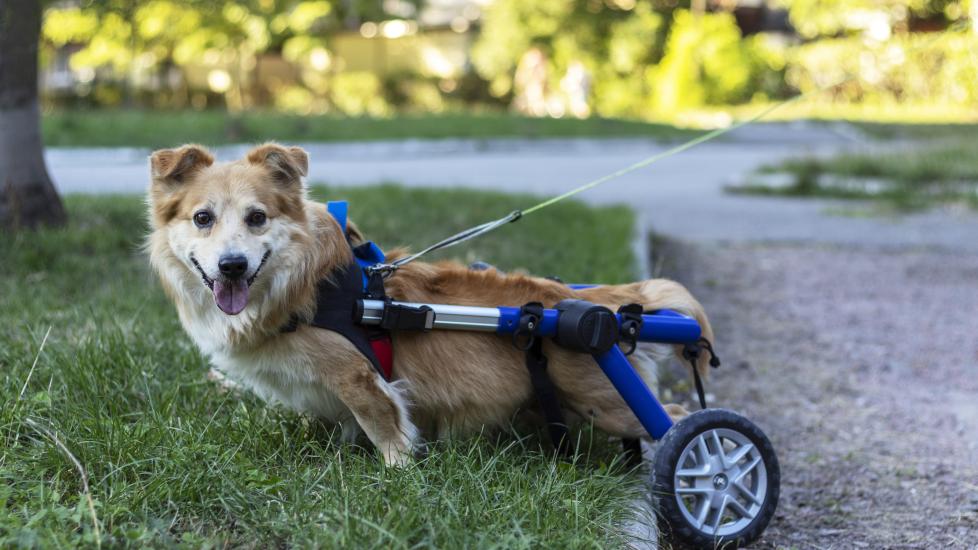Introduction:
Living with a dog is not just about the joy and companionship they bring into our lives; it’s also about ensuring their well-being. One of the most challenging health issues that dogs can face is paralysis, which can be devastating for both pets and their owners. Understanding what causes paralysis, how to recognize its signs, and the available treatment options are crucial steps in providing the best care for your furry friend during this difficult time. This article aims to provide pet owners with comprehensive knowledge on paralysis in dogs, empowering them to make informed decisions regarding their beloved companion’s welfare.
Causes of Paralysis in Dogs:
Paralysis occurs when there is an interruption in the nerve signals from the brain to the muscles, leading to a loss of muscle function. In dogs, paralysis can have various origins, including spinal cord injuries, disc herniation (especially in breeds prone to Intervertebral Disc Disease or IVDD), immune-mediated diseases like Guillain-Barré syndrome, infections, degenerative myelopathy, tumors, and nutritional deficiencies affecting nerves such as thiamine (vitamin B1). These conditions may result in partial or complete paralysis depending on the severity and location of damage within the nervous system.
Signs and Symptoms of Canine Paralysis:
Recognizing the early signs of paralysis is essential for prompt veterinary intervention. Common symptoms include weakness in limbs, difficulty walking, dragging paws, urinary incontinence, loss of tail wagging ability, decreased reflexes, and eventually full immobility if left untreated. Owners should watch out for any behavioral changes that might indicate pain or discomfort associated with these physical manifestations.
Diagnosis and Treatment Options:
To accurately diagnose paralysis, veterinarians will conduct a thorough clinical exam followed by imaging tests such as X-rays, CT scans, MRI, and sometimes myelography to assess the spine and neurological functions. Blood work can help identify underlying illnesses causing neuromuscular disorders. The choice of treatment depends on the cause but generally involves supportive care, medication to manage pain and inflammation, surgery if needed to address structural abnormalities, physiotherapy/hydrotherapy sessions aimed at maintaining range of motion and preventing muscle atrophy, along with assistive devices like slings or wheelchairs until recovery progresses. Some cases might benefit from corticosteroids or immunosuppressants if an autoimmune component is suspected.
Rehabilitation and Support:
Even after successful medical interventions, ongoing rehabilitation plays a pivotal role in restoring function and improving quality of life for paralyzed dogs. A combination of exercises designed by certified animal physical therapists coupled with acupuncture or massage therapy can stimulate nerve regeneration while promoting overall wellness. Additionally, dietary adjustments focusing on high-quality protein sources and nutrients beneficial for nerve repair may support healing processes naturally occurring within the body post-injury or illness.
Conclusion:
While dealing with canine paralysis presents significant challenges emotionally and logistically, advancements in veterinary medicine offer hope through effective treatments tailored towards each individual case’s unique circumstances. By being proactive about prevention strategies where possible—such as regular checkups identifying potential risks early—and committing fully once faced with managing paralysis head-on using all resources available including professional expertise provided by experienced vets specializing in neurology—pet parents stand ready alongside their four-legged family members every step taken together down whatever path lies ahead toward regaining mobility again someday soon enough hopefully!
